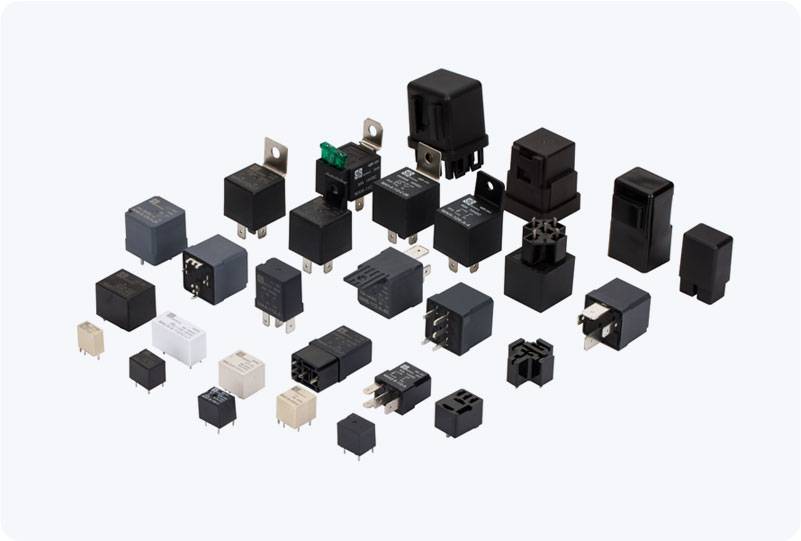A Thermostatic Mixing Valve (TMV) plays a crucial role in ensuring safety, comfort, and efficiency in modern plumbing systems. Found in a variety of applications ranging from residential bathrooms to commercial and industrial hot water systems, the TMV is essential for regulating water temperature and preventing scalding injuries. With the rise of automation and smart technology in homes and workplaces, understanding how a thermostatic mixing valve works and its benefits can be instrumental in improving the quality of our daily lives.

What is a Thermostatic Mixing Valve? A Thermostatic Mixing Valve is a device designed to mix hot and cold water in precise proportions to maintain a consistent water temperature. It ensures that water flowing from faucets, showers, or bathtubs does not exceed a preset temperature, offering both comfort and protection from burns. These valves are typically used in systems where a stable and regulated temperature is required, such as in hot water systems of residential and commercial buildings, healthcare facilities, and public spaces. The device operates by automatically adjusting the flow of hot and cold water based on changes in temperature, maintaining the desired temperature range within seconds. Most TMVs are mechanical, using a temperature-sensitive element to detect fluctuations in water temperature and respond accordingly. However, more advanced electronic versions are also available, offering additional features such as remote control or temperature setting adjustments.